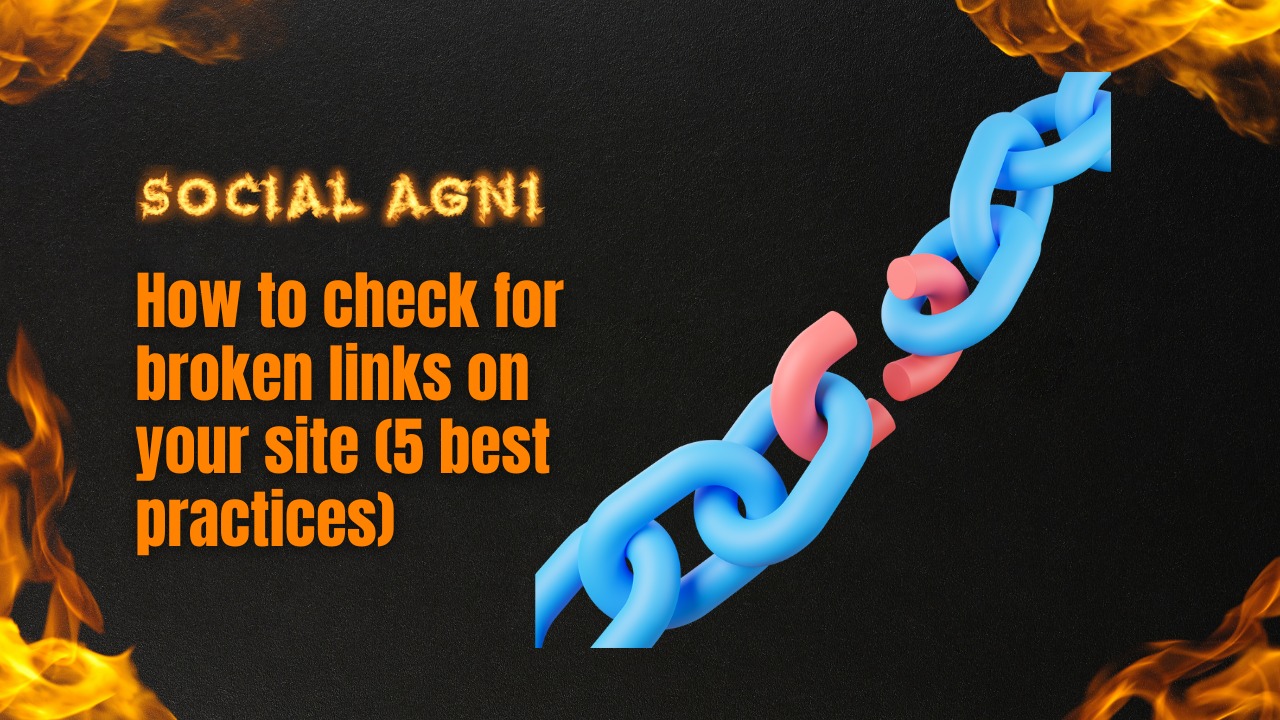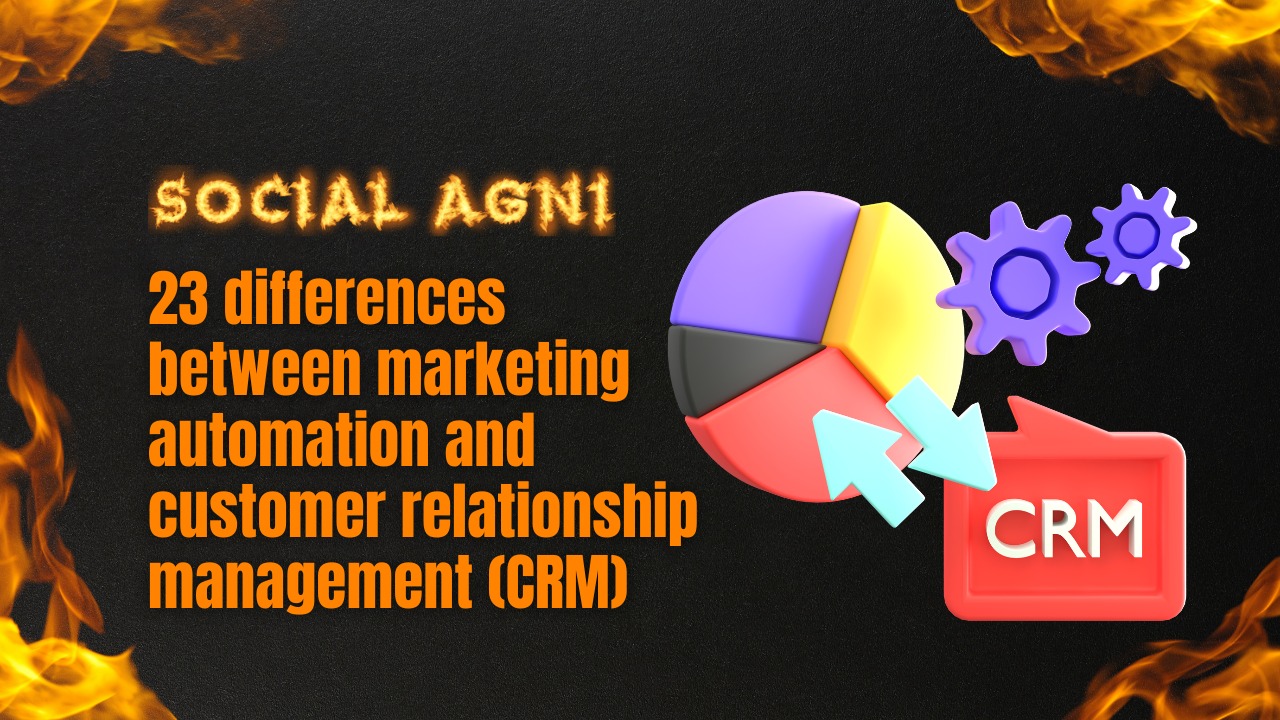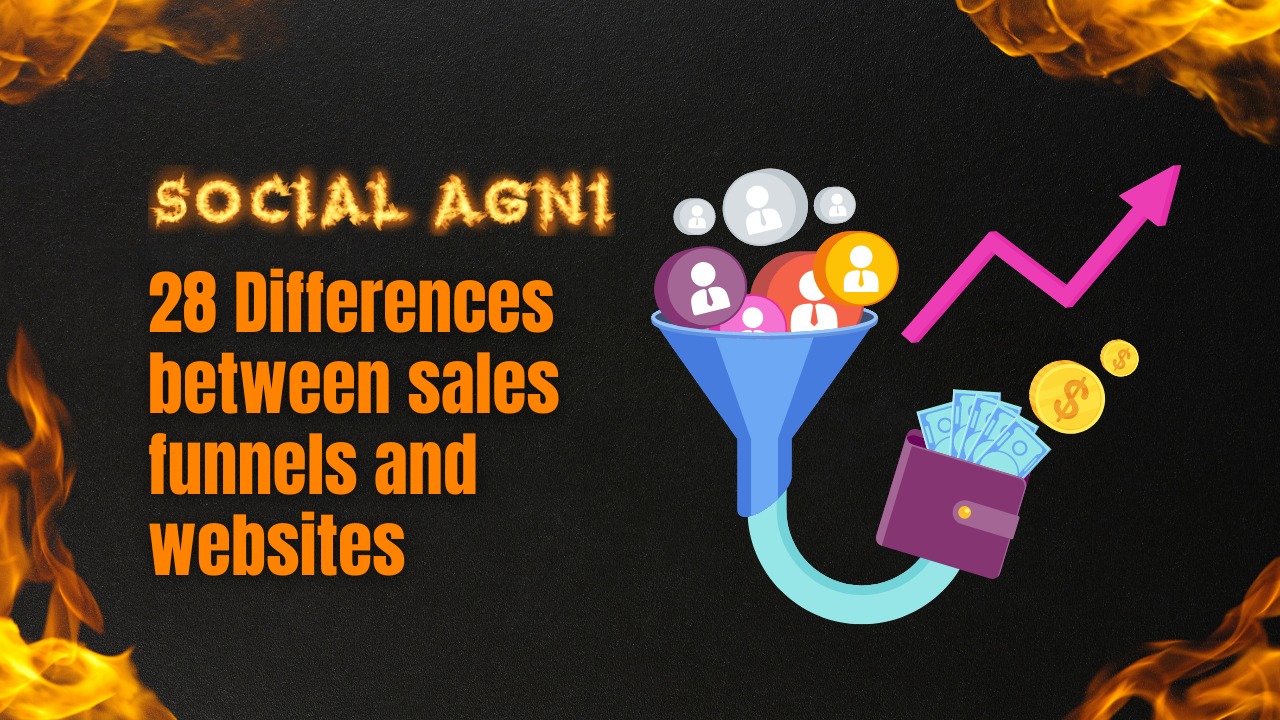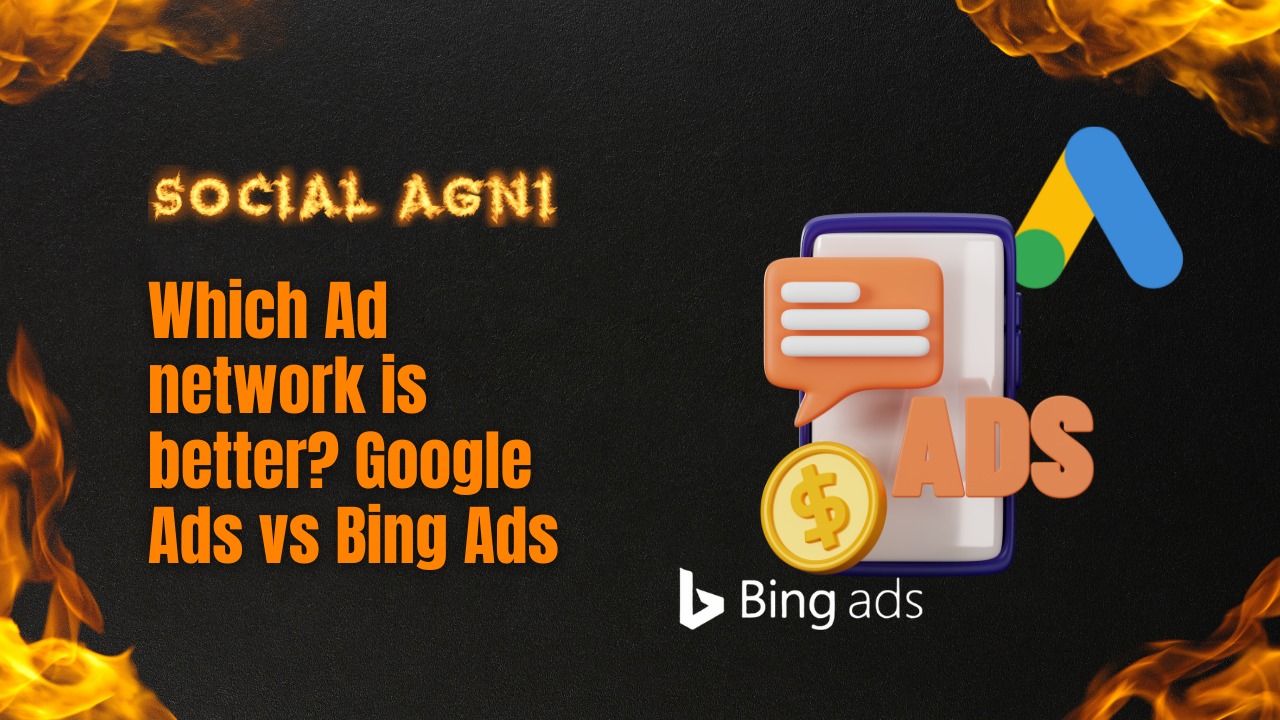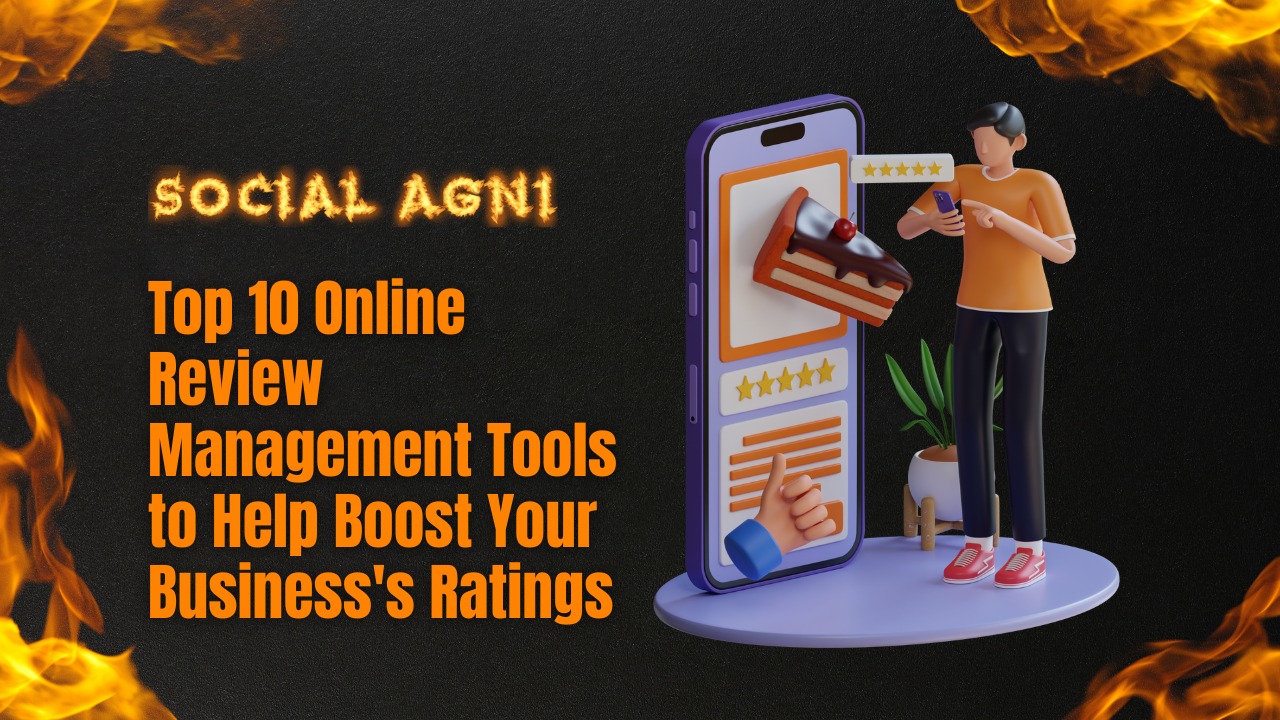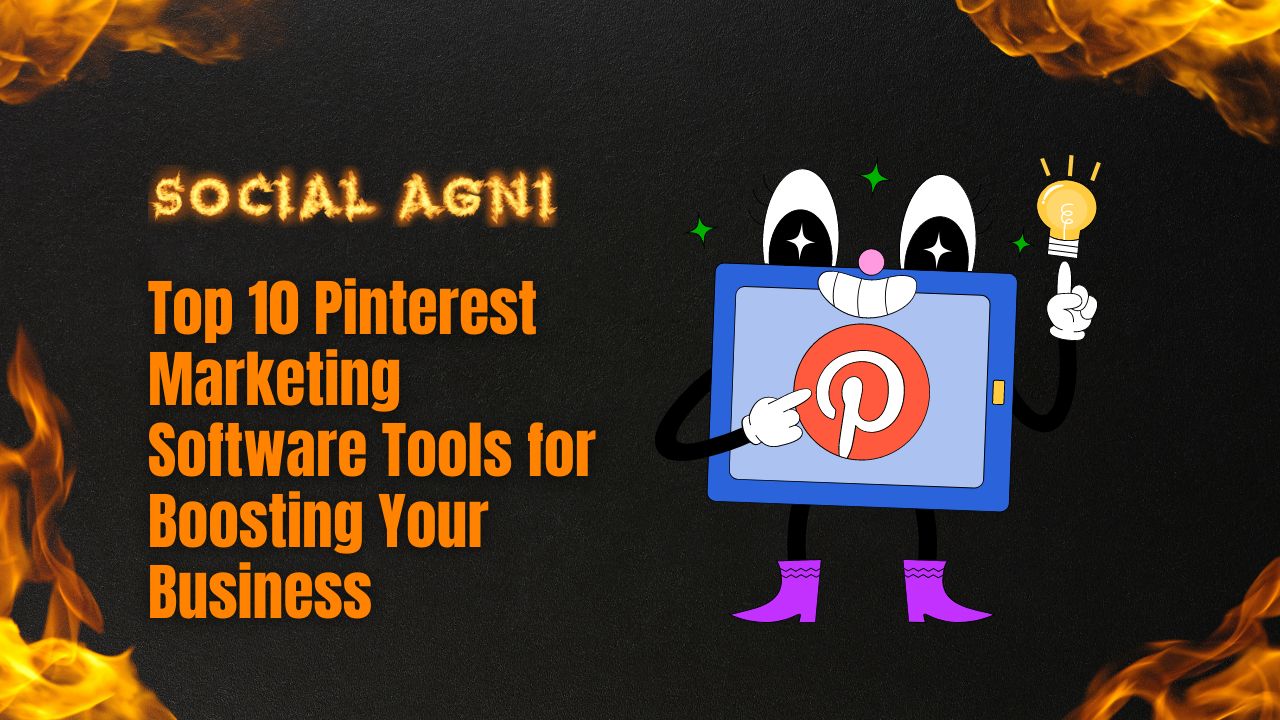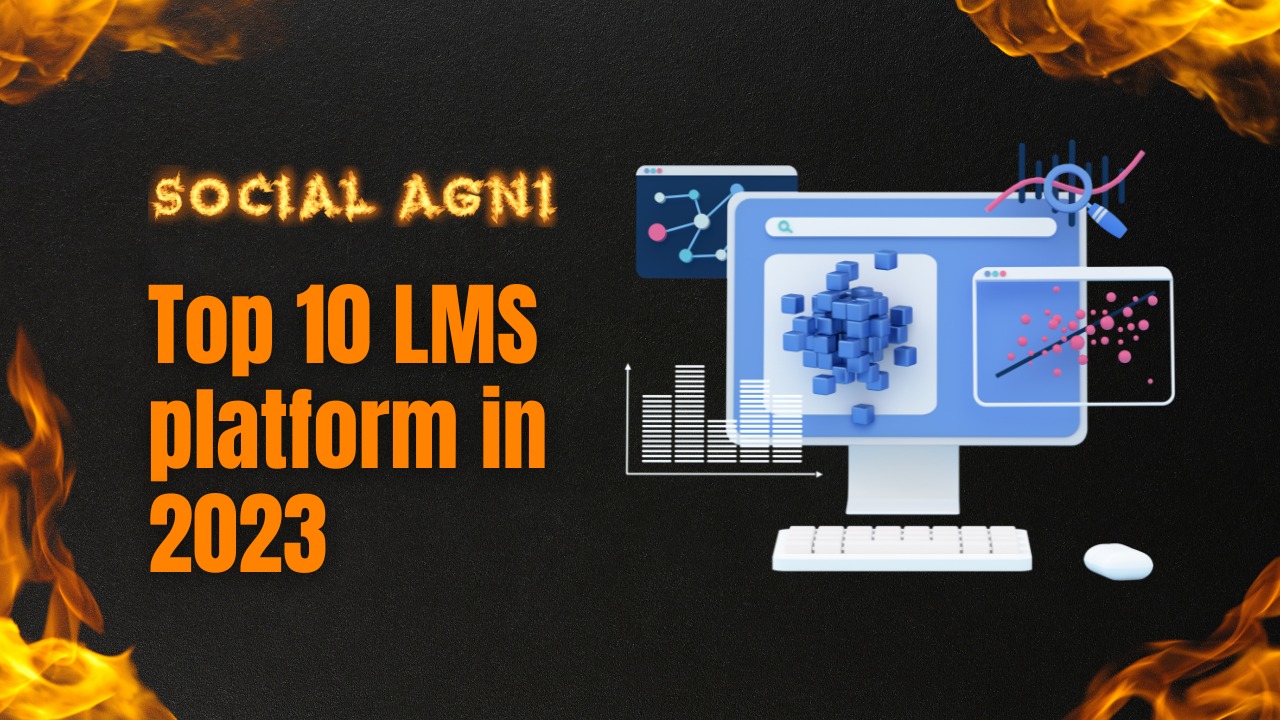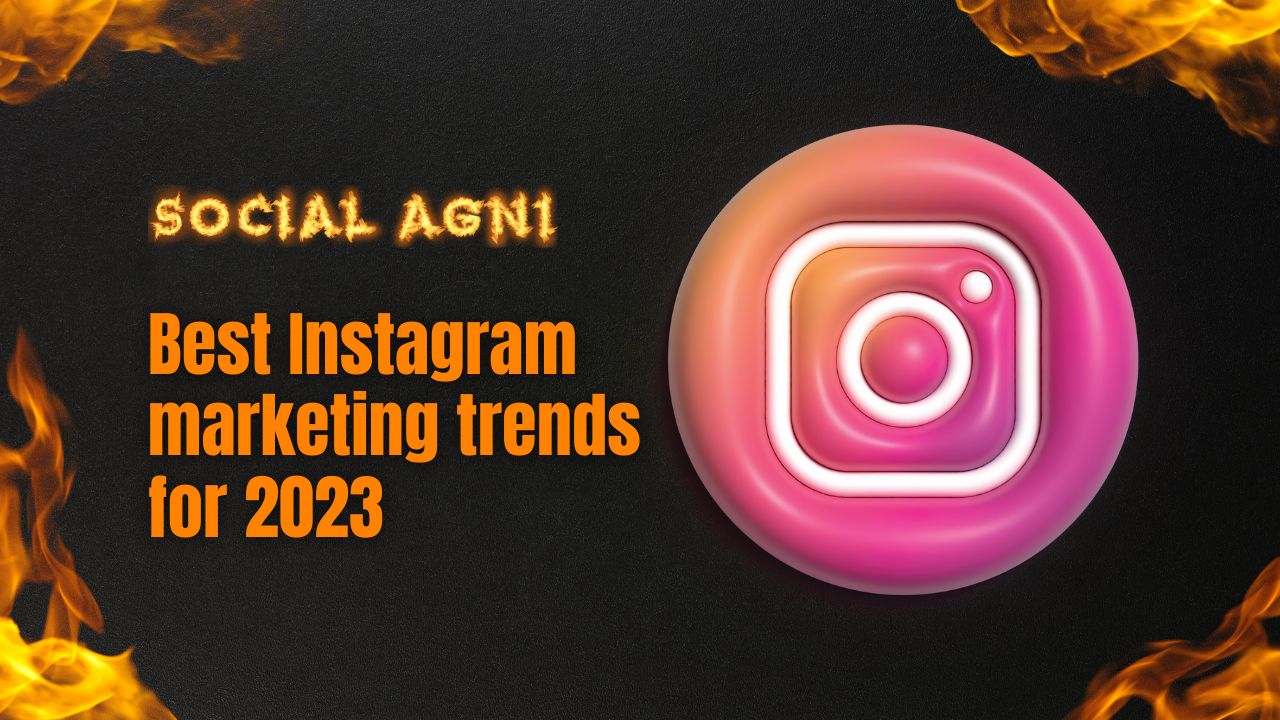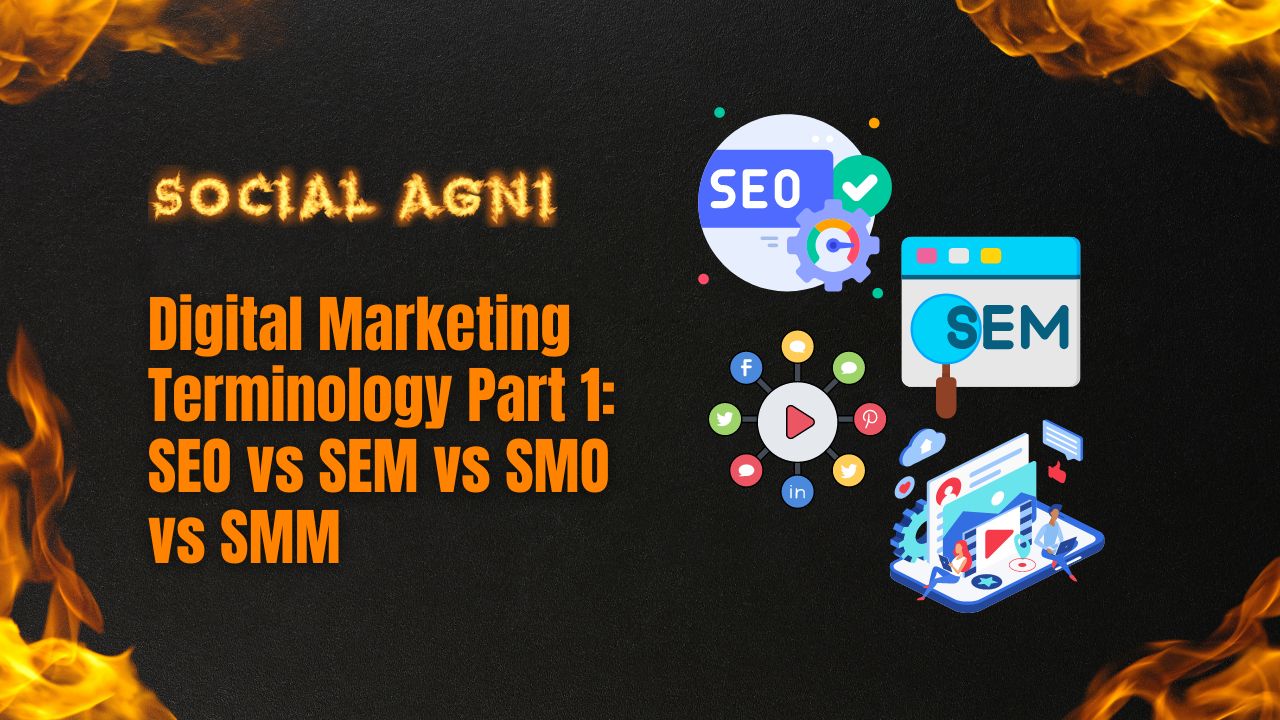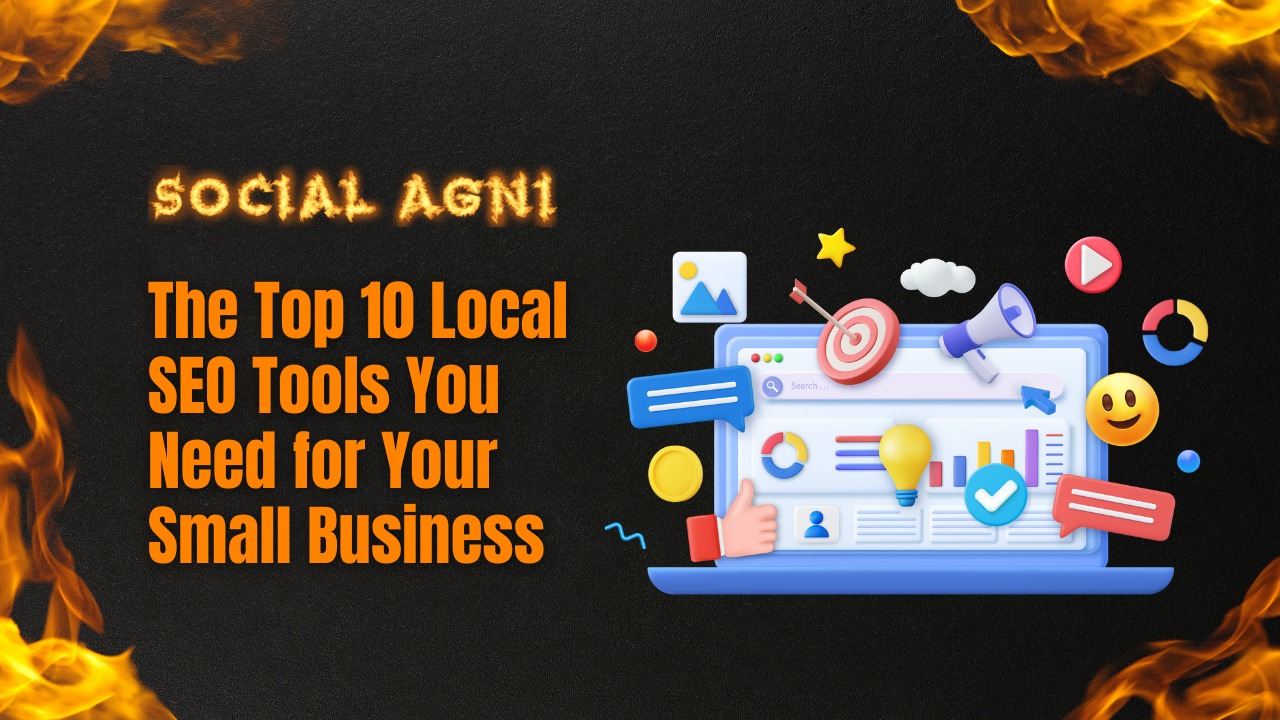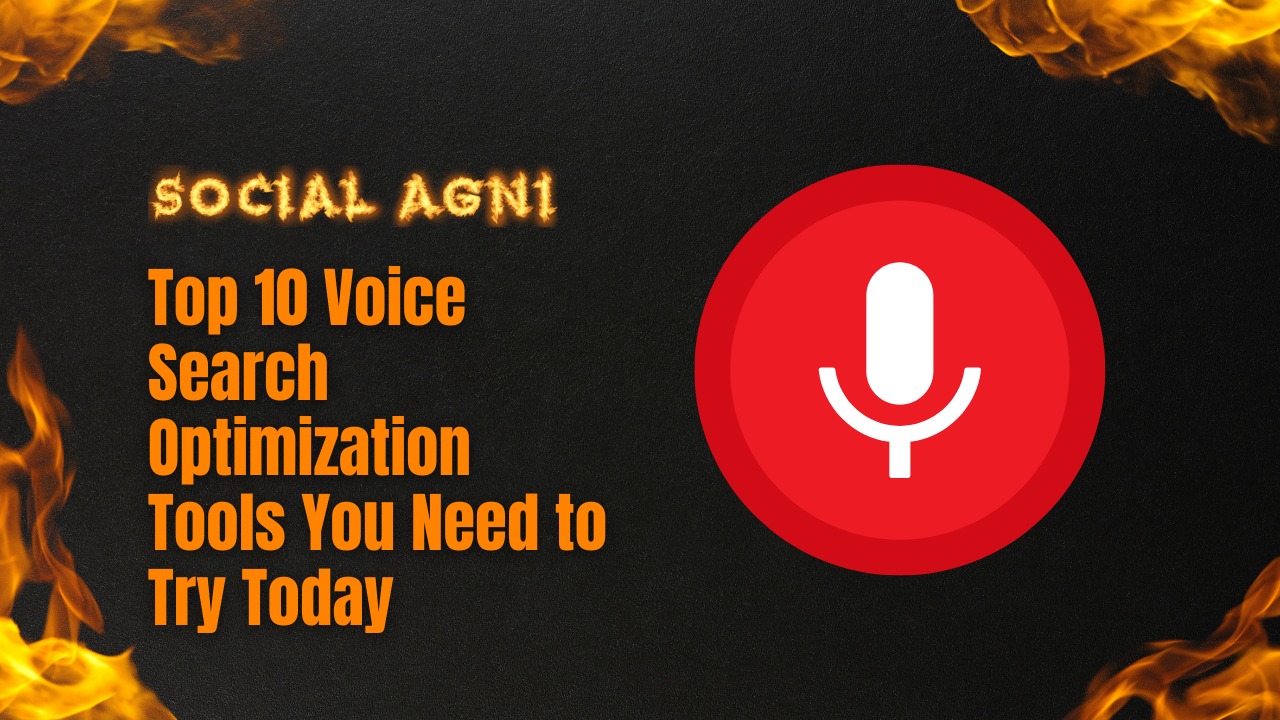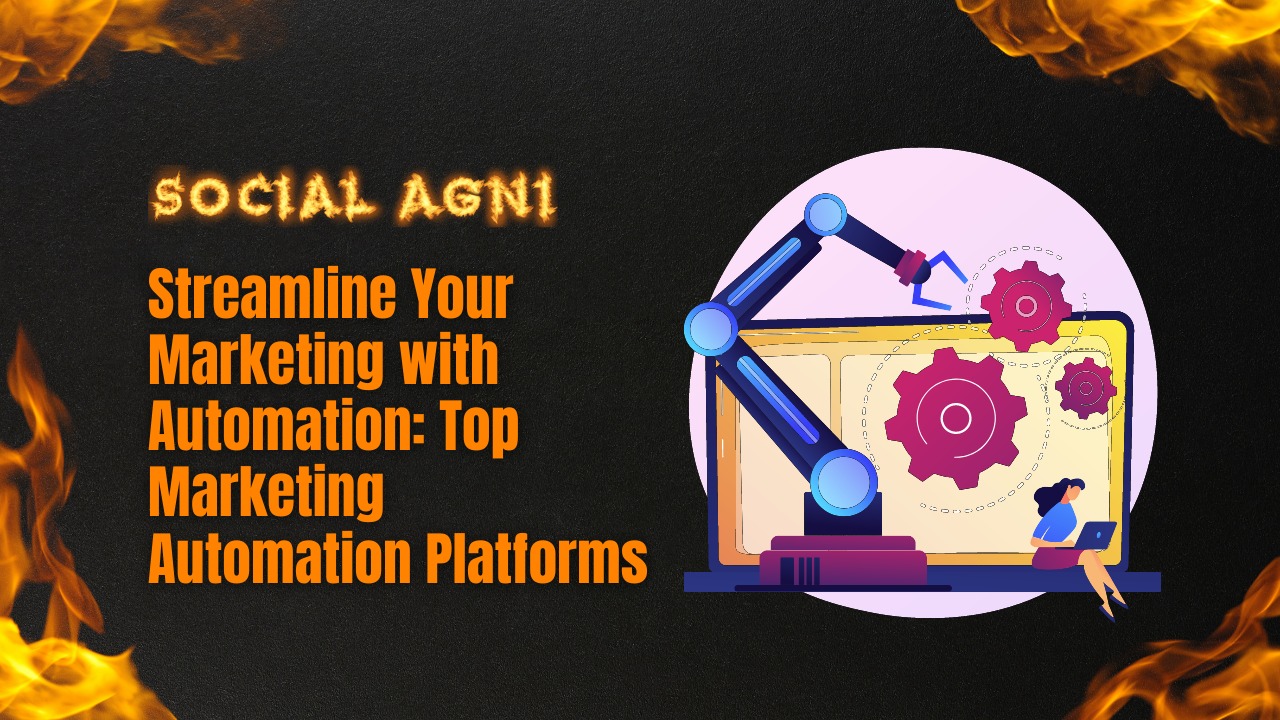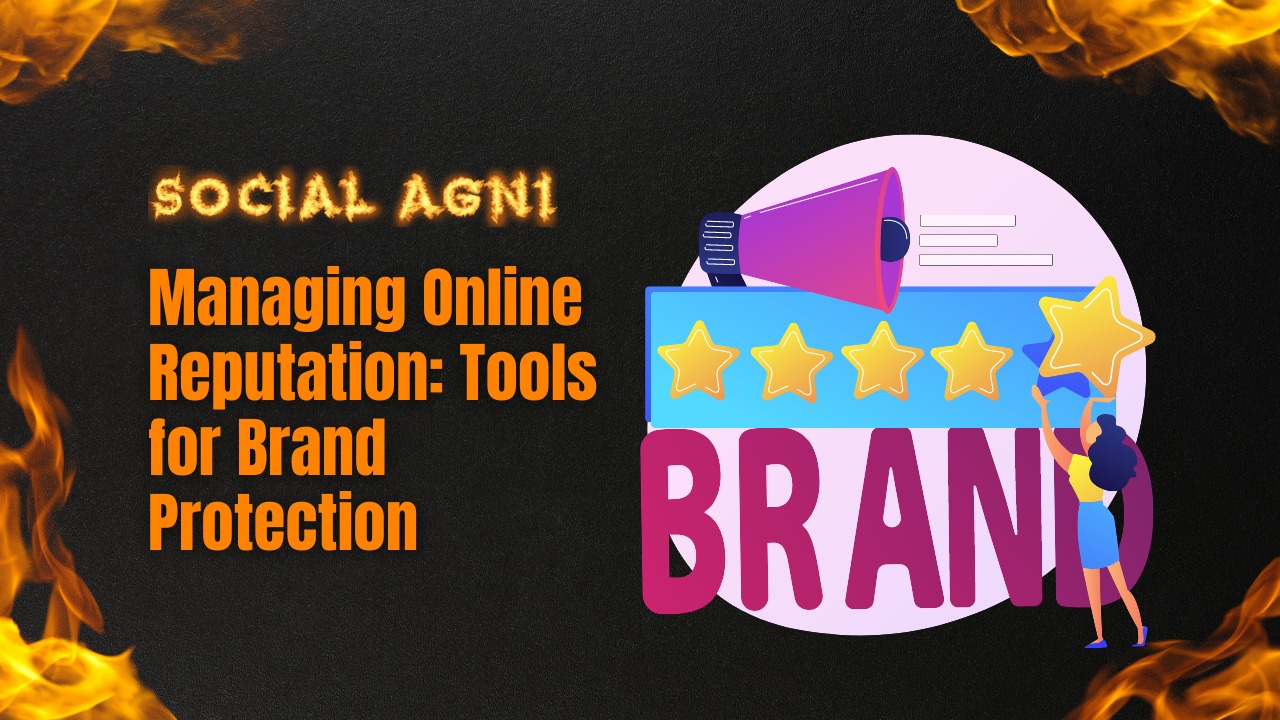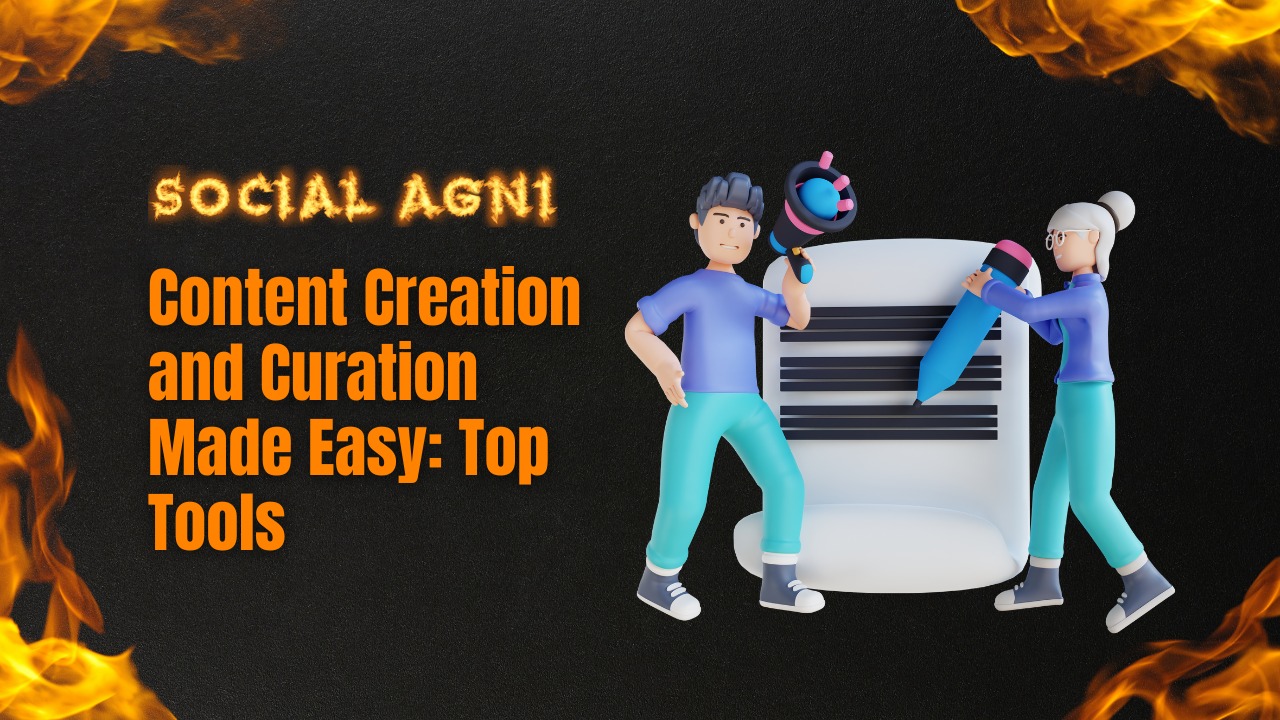Having a website has become increasingly important for businesses and individuals in today’s increasingly digital environment. In addition to providing information and facilitating contact, a website may also be used to promote and sell goods and services or to get exposure to personal initiatives. However, a website alone is not enough to guarantee success in the digital sphere. Maintaining an up-to-date, relevant, and user-friendly website is crucial. Search engines also punish sites with lots of broken links since they think it means the content isn’t very good.
Implementing best practices for checking and fixing broken links is crucial if you want your website to be free of them. Improving your website’s performance, user experience, and trustworthiness may be achieved by routine monitoring for broken links and rapid repair. Using tools, doing manual tests, regularly monitoring, correcting broken links, and more are all covered in this article as well as the five recommended practices for checking for broken links on your site.
In summary, developing a website is only half the battle in terms of ongoing upkeep. If you care about your website’s search engine rankings, user experience, or credibility, you should check for broken links regularly.
Use Tools to Check for Broken Links:
One of the simplest methods to check your website for broken links is by using internet tools. Once these crawling tools have found any broken links on your website, you can quickly fix them. Here are some tools for link checking you might want to use:
Google Search Console
With the use of Google’s free service, Google Search Console, you may monitor the visibility of your website in Google search results. There’s also a report called “Crawl Errors” that will show you where your site has broken links. You must include Google Site Ownership Verification satisfied before you can utilize these benefits.
Screaming Frog
If your website has broken links, cutting pages, or any other problems, Screaming Frog can discover them for you. The free edition has a limit of 500 URLs, while the subscription version gets access to more advanced capabilities.
W3C Link Checker
Check your website for broken links with the help of the W3C Link Checker, a free online tool that gives you a comprehensive report of any problems it finds. It works with several markup languages and style sheets, including HTML, XHTML, CSS, and RSS.
Dead Link Checker
Checks your site for dead links and gives you a comprehensive report of the problems it finds. The free version examines up to 2,000 pages, while the premium version includes more options.
Ahrefs
This paid tool, Ahrefs, checks for broken links, do SEO analysis, and performs keyword research and backlink analysis. It will crawl your site and report any broken links so you can update them immediately.
You may save spending time manually searching for broken links on your website by making use of these tools. They provide you with a full report of all the broken links and other problems on your website so you can solve them right away. Even if you use a tool to check for broken links, human inspection is still necessary to ensure that no links have been missed.
Conduct a Manual check of broken links:
A human check for broken links on your website is just as important as employing automated systems. Online technologies may miss broken links inside photos and videos, but the human eye may see these errors. Here’s how to scan your site for broken links manually:
- Make a complete index of your website’s pages, either manually or with the help of a site map generator.
- Follow every link you find, be it a text link, an image link, or a video link. Note any links that fail to load properly or that lead to a 404 error.
- The user experience of your site will suffer if any of the photographs on it are damaged or missing. Note any photos that are distorted or missing entirely.
- Video issues can also negatively impact the user experience of your site, so make sure all of the videos are working properly. Note any video that doesn’t load properly.
- When you find broken links on your site, you should fix them as soon as possible using the strategy you just created. Fixing links may include updating them, diverting traffic, or deleting them entirely.
Manually checking your website for broken links is a tedious but necessary task for maintaining a functional and user-friendly site. It gives you a full picture of your site’s health and can find broken links that other web tools overlook. You may boost your website’s search engine rankings, user experience, and reputation by doing manual inspections regularly and repairing broken links as soon as possible.
Regularly Monitor Your Site for Broken Links:
You should keep an eye out for additional broken links once you’ve corrected the ones you’ve already found. This may keep your site fresh and functional, avoiding the potential for new broken links to hurt your site’s search engine rankings and user experience. The best practices for checking your site for dead links are as follows.
- You may set up automated monitoring using several web tools, such as Google Search Console and Ahrefs. This way, you may be alerted as soon as a new broken link is discovered, making it much easier to address the issue quickly.
- Check your website regularly — at least once a month and preferably more frequently than that. Since the last check, there may have been new broken links or problems, and this can help find them.
- If you regularly add new information or update existing content, you can reduce the likelihood of broken links appearing on your site. This occurs frequently because when pages are removed or altered, the related links are not always updated.
- To avoid negative effects on user experience and search engine results, broken links should be fixed as soon as possible after discovery. There won’t be any broken pictures or films to worry about, for example.
Your website’s user experience, search engine rankings, and trustworthiness can all benefit from your vigilant attention to detecting and resolving broken links. This may result in more people visiting your site and spending time there, which is good for business.
Fix Broken Links:
If you want your website to be user-friendly, reputable, and search engine optimized, fixing broken links is a must. Some recommendations for repairing damaged hyperlinks:
- If the page you referred to still exists, please change the link so that it correctly directs readers to the appropriate location. This can lessen the likelihood of user annoyance and misunderstanding by facilitating faster navigation to relevant material.
- Redirect it to a similar page if the desired page is unavailable. This may keep traffic moving and avoid website stalls.
- Remove outdated webpage links. Users may discover current information and prevent misunderstanding by doing this.
- Correct any incorrect images or videos on your website. It could improve user experience on your website and lower complaints.
- Regularly fix any broken links on your website. Your website may become more user-friendly, search engine-friendly, and link-free as a result.
User experience and search engine rankings are improved by fixing broken links. Potential benefits include more visitors, active users, and established credibility for your website.
Conclusion:
Maintaining a user-friendly, reputable, and search-engine-optimized website requires regular maintenance, including the detection and repair of broken links. You may enhance your website’s user experience, search engine rankings, and reputation by adhering to the recommended practices suggested in this article, such as utilizing online tools, doing manual inspections, frequently monitoring your site, and resolving broken links swiftly.
If you keep an eye out for broken links regularly, you can keep your site fresh and functional for your visitors. By fixing broken links as soon as they are discovered, you may save your site’s visitors from becoming frustrated and leaving.
Search engine results can be boosted by repairing broken links as well. Search engine optimization (SEO) can be negatively impacted by broken links since they reduce user trust and engagement with the page. Improving your website’s SEO and making it more visible in search engine results pages may be accomplished by mending broken links.
In conclusion, maintaining a user-friendly, reputable, and search-engine-optimized website requires routinely monitoring for and correcting broken links. By using the guidelines provided here, you may enhance your website’s usability, search engine rankings, and credibility, all of which will contribute to the success of your organization.
Frequently Asked Questions (FAQs)
1. Why do links become broken?
Links on your website that no longer function properly or lead to empty pages are known as broken links. They can happen when a page that is linked to is deleted or removed, or when a page’s URL is changed without updating the relevant link.
2. Why is it harmful to my website if links are broken?
The user experience and search engine rankings of your website might be negatively impacted by broken links. They can irritate users, make it difficult for them to find the information they need, and cut down on the amount of time people spend on your website. Broken links can also diminish the authority of your website and hurt its SEO.
3. How can I verify my website for broken links?
Use internet tools like Google Search Console, Ahrefs, and Broken Link Checker to check for broken links on your website. Additionally, you can perform a manual check by visiting each link on your website and looking for broken or dead links.
4. How frequently should I monitor my website for broken links?
It’s a good idea to frequently check your website for broken links, ideally once a month or every few months. This can assist guarantee that your website stays current and user-friendly and stop the emergence of new broken links.
5. On my website, how can I replace broken links?
By changing the link to go to the proper page, rerouting the page to a suitable page on your website, or eliminating the connection entirely, you may resolve broken links on your website. To avoid user annoyance and confusion, it’s critical to swiftly replace broken links on your website.
6. How many damaged videos and graphics hurt my website?
By blocking people from accessing or viewing the material they are seeking, broken photos and videos can negatively impact the user experience on your website. Reducing the time consumers spend on your website, might potentially hurt its SEO.
7. Can broken links hurt the search engine rankings of my website?
Yes, broken links can lower your website’s credibility and increase bounce rates, which can lower your website’s search engine rankings. As a result, your website may rank lower in search engine rankings.
8. How can frequently checking my website for broken links benefit its search engine optimization?
In order to keep your website current and user-friendly, you should routinely check it for broken links. This will help avoid the emergence of new broken links. In the end, this might raise the user experience and search engine positioning of your website.
9. What is the best way to reroute a broken link to a related page on my website?
A 301 redirect can be used to direct a broken link to a relevant page on your website. This can assist keep visitors coming to your website and keep them from hitting dead ends.
10. Can I monitor for broken links automatically using internet tools?
Yes, a number of online tools, including Google Search Console and Ahrefs, provide automated broken link monitoring. This enables you to be notified if new broken links are found, making it simpler for you to correct them right away.
References:
